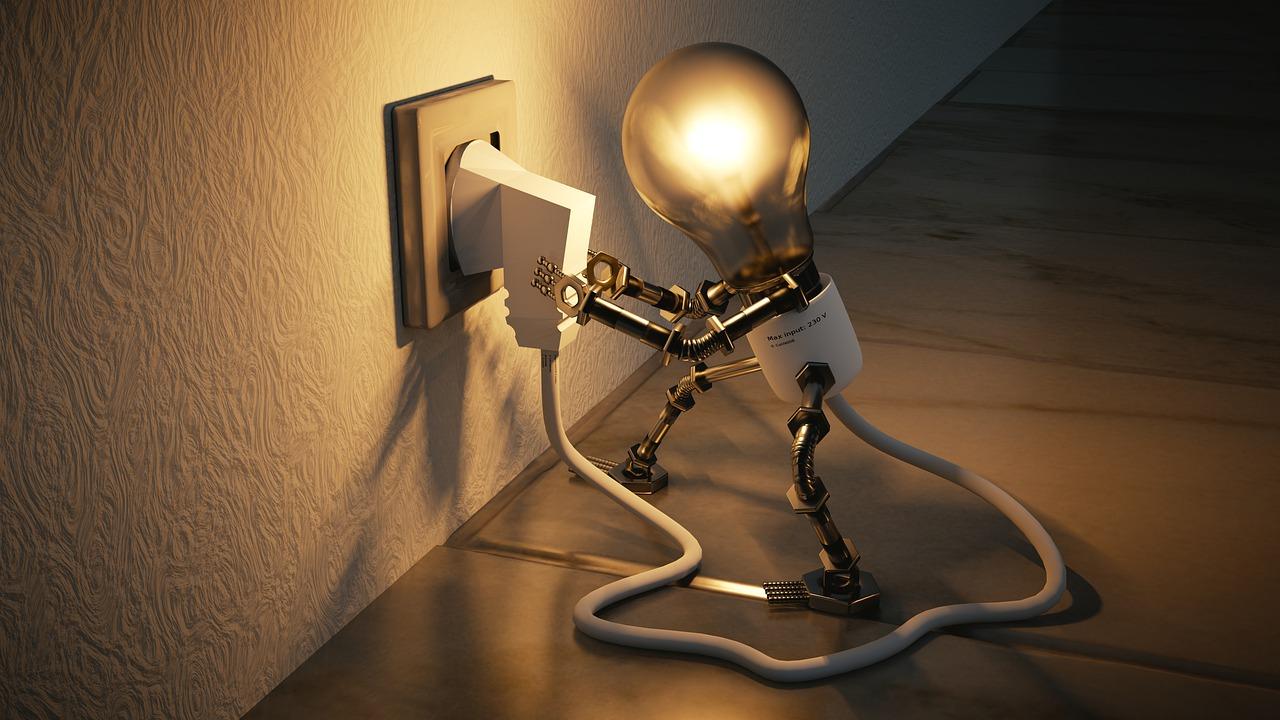Home is where the heart is, but let’s face it: There’s a whole lot more to it than that! No matter how much you love where you live, it’s going to get miserable fast unless you invest in the home comfort systems that will keep it toasty warm in the winter and nice and cool in the summer. Meanwhile, you’ll want to use your electrical appliances and enjoy the modern comforts of indoor plumbing.
Keeping things comfortable isn’t necessarily cheap, though — and it gets a whole lot more expensive when you neglect to create and maintain an energy-efficient home. Skimp on upkeep and green improvements and you’ll soon find yourself overpaying for your heating, cooling, electricity, and more.
A light bulb going off: How to save on electrical power
You can save big on your electric bill by investing in more energy-efficient light bulbs, appliances, and electronic devices. Electricity isn’t cheap, but we have modern solutions at our disposal that can make the high cost of power a whole lot less problematic.
Energy-efficient light bulbs are a simple and smart way to save on electricity. On their own, each bulb won’t save you much, but upgrade the whole house, and you’ll slowly accumulate some serious savings.
Smart bulbs are a good idea, too, as are smart plugs, smart thermostats, and other smart home devices. These devices aren’t necessarily going to draw any less power than their traditional counterparts, but they have a big advantage: Since they’re “smart,” you can set them to a schedule or control them from your computer, smartphone, tablet, or smart speaker. If you’re the sort of person who tends to forget to turn the lights off as you leave a room or turn the heat down before you go on vacation, a smart home setup can be life-changing.
Saving on HVAC by tackling the roof and attic
When it comes to energy losses, homes tend to be top-heavy, explain experts in roof repair Raleigh, North Carolina. If your home has issues with its roof, with attic insulation, or with dormer windows and other potentially vulnerable points up near the top of your home, then you’re going to be losing energy and money constantly. This is particularly true in the winter. Hot air rises, after all, and when air rises in your house it ends up concentrate in your upper floors and attic. From there, air and heat escape through cracks, inferior insulation, and problem roofs. Experts say that your attic and roof can easily be responsible for as much as half of your total energy losses.
The solution is to call in the pros. Address your attic and roof as soon as possible, and invest in improvements like better attic insulation. The up-front cost of neutralizing the biggest energy-stealing culprit in your home will eventually be more than made up for by the savings you’ll reap on your energy bills.
Considering utilities early on
Saving on electricity isn’t just about making the most of the situation that you’re already in. Sometimes, it means thinking carefully about electrical costs before you move in and commit to a monthly heating, water, and electrical bill.
In most places, residents don’t have much of a choice when it comes to who and where they get their electrical power from. But that doesn’t mean that there aren’t ways to “shop around.” The cost of keeping a home comfortable and functional can vary quite a bit depending on things like the size of the home, the age of the structure, the appliances and comfort systems, and the physical location of the property.
This is why those looking for a new home should compare electricity prices and the costs of other utilities. Whether you’re moving out for the first time or are taking your family to your next beautiful home, you should take a moment to calculate some of the big costs that aren’t found in the terms of the home loan or on your tax paperwork. You’ll be paying utility bills month after month and year after year as you live in your home, so spare them a thought before you move in — and, ideally, before you commit to buying the home in the first place.





